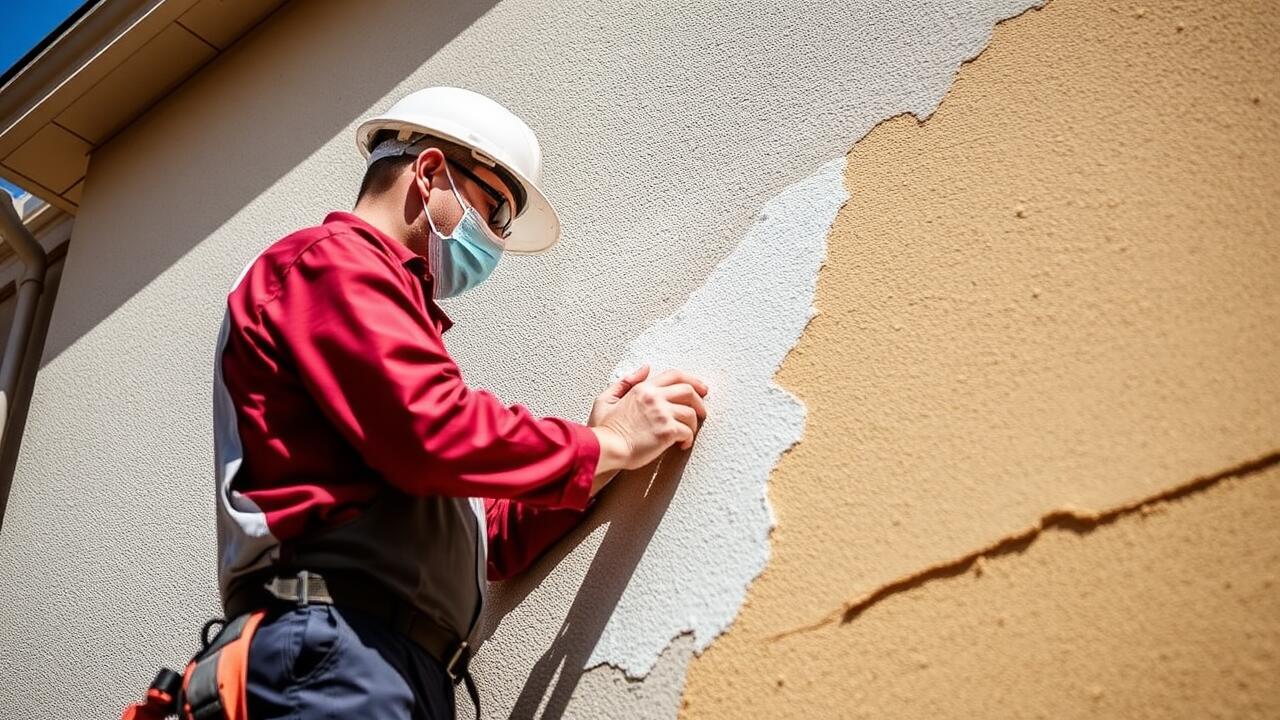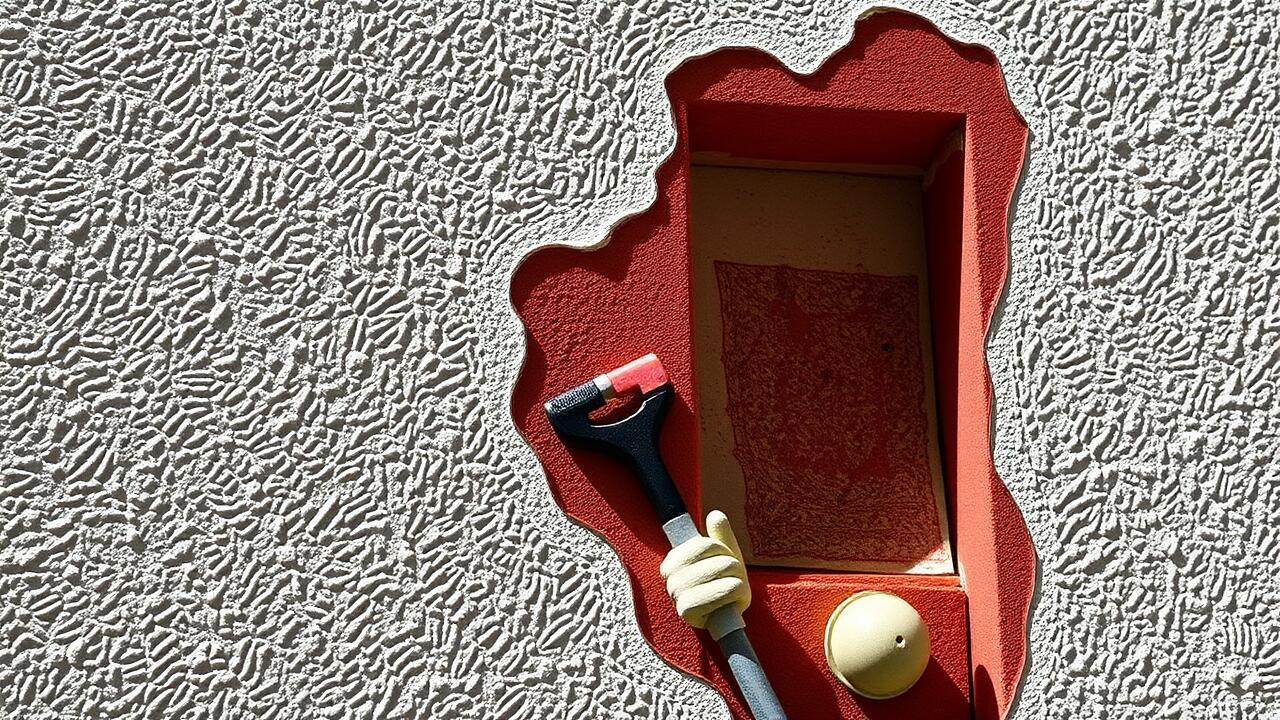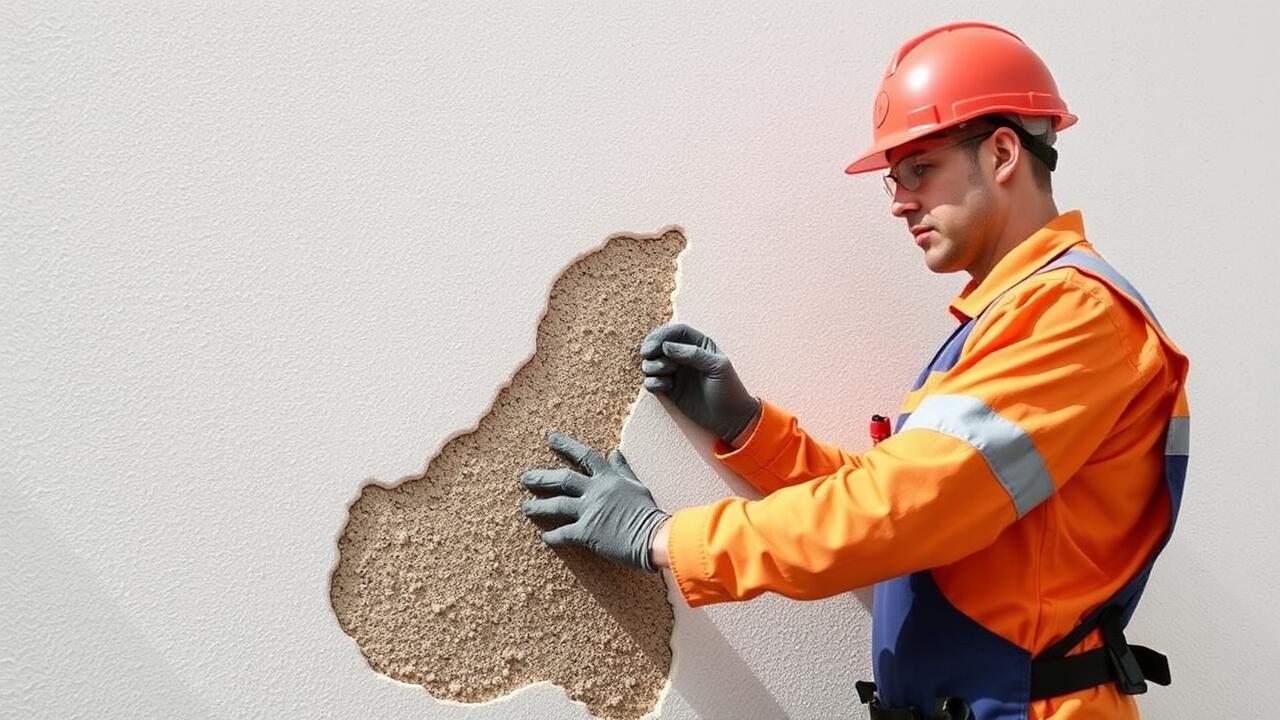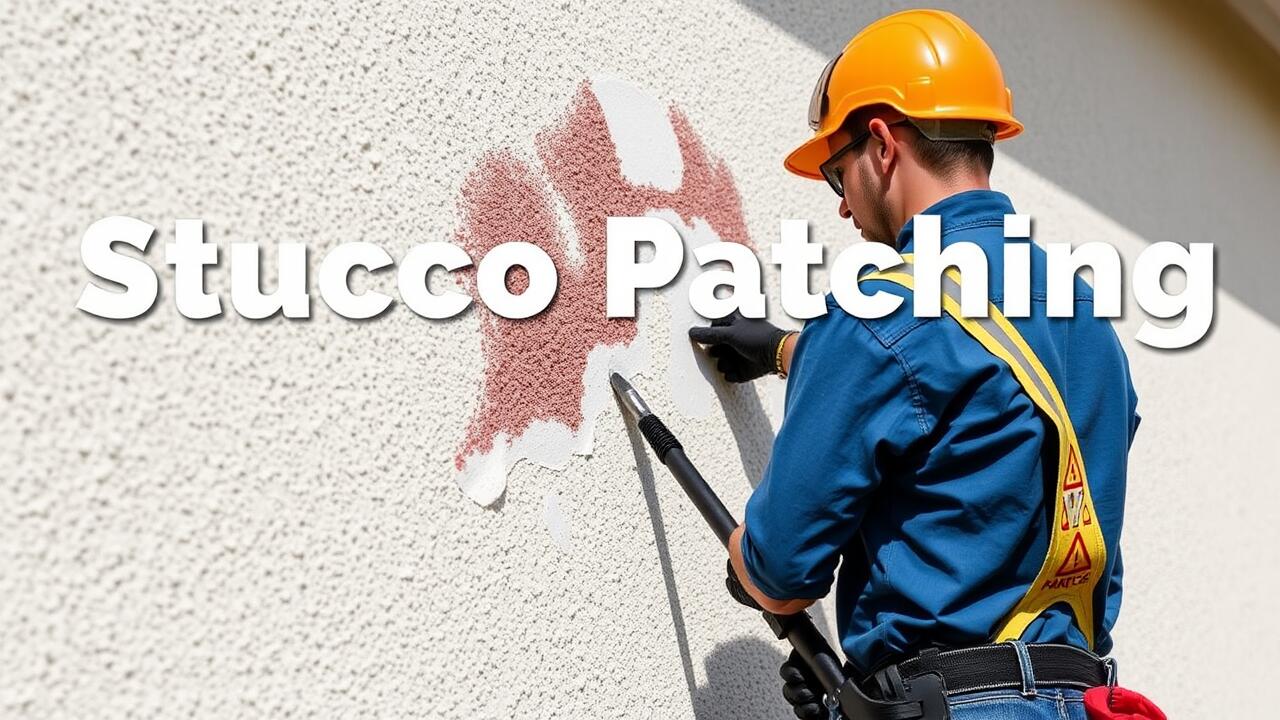
Finishing Touches on Stucco
After repairing the underlying issues, it’s time to focus on the finishing touches for your stucco. A well-executed patch job enhances both durability and aesthetics. Start by ensuring the patching material is well blended with the original stucco. Tools like a trowel can help achieve a smooth surface that matches the existing texture. Once the area is filled and smoothed out, it’s essential to match the color of the surrounding stucco. This step may require a few coats of paint or a custom color mix to ensure a seamless appearance.
For those residing in areas like Highland Park, Los Angeles, seeking professional assistance with stucco patching can simplify the process. Experienced contractors possess the tools and knowledge to provide a flawless finish that stands the test of time. They can also offer insights into the best products suited for local weather conditions, which can be crucial for maintaining the integrity of your patch. Taking the time to properly finish patches can preserve your home’s beauty while safeguarding against potential damage.
Methods for Smoothing and Texturing
Achieving a smooth and aesthetically pleasing finish on stucco surfaces requires careful techniques. Homeowners often start by ensuring the surface is clean and free of loose debris. Applying a thin layer of stucco compound is a common practice, allowing for a fresh base. Once this layer has somewhat dried, tools such as trowels or float tools can be used to manipulate the texture. For those looking to create a specific pattern, using a brush or sponge can yield interesting and varied results.
For residents practicing stucco patching in Highland Park, Los Angeles, blending the new texture with the existing surface is essential. Utilizing the right tools and techniques can make a notable difference. When applying additional textures, it's important to consider the environment, as factors like humidity may affect curing times. Always take the time to observe the consistency of your mixture to ensure optimal results, as inconsistencies could lead to further maintenance issues down the line.
Curing the Stucco
Curing stucco is an essential step in achieving a durable and long-lasting finish. After applying the new stucco mixture, it is important to allow it to dry properly. This process typically involves keeping the stucco moist for several days. Using methods like misting or covering it with damp burlap can help prevent cracks while it sets. Weather conditions can greatly affect curing times, so adjustments may be necessary based on humidity and temperature.
For those involved in stucco patching projects, like Stucco Patching Highland Park, Los Angeles, paying attention to curing is crucial for the longevity of repairs. Failure to cure adequately may lead to weak spots, compromising the structural integrity. Taking the time to follow appropriate curing techniques can save you from future repairs and maintenance challenges. Regular checks during the curing phase ensure that the surface remains moist and ready for finishing.
Importance of Proper Curing Techniques
Proper curing techniques are crucial for ensuring that repaired stucco achieves its full strength and durability. Curing allows the moisture in the stucco mixture to evaporate at a controlled rate, which helps prevent cracking and other forms of damage. When applying stucco patching in areas like West Adams, Los Angeles, it's essential to maintain the right moisture levels, as the local climate can impact the curing process. Employing methods such as misting or covering the surface with damp burlap can help maintain adequate humidity.
Neglecting the curing phase can lead to long-term issues, undermining the entire repair effort. Insufficient curing may result in a patch that is prone to splitting, crumbling, or even delaminating from the underlying structure. For homeowners in West Adams, Los Angeles, who aim to maintain the integrity of their stucco surfaces, understanding and implementing proper curing techniques is a fundamental step in the patching process. This attention to detail can save time and money in the future, ensuring a more resilient finish.
Preventing Future Damage
Regular maintenance plays a vital role in preventing future damage to stucco surfaces. Inspect your stucco periodically for cracks, moisture spots, or signs of wear. Addressing these issues promptly can save homeowners from larger problems down the line. Caulking around windows, doors, and other openings helps maintain a protective barrier against water intrusion. Additionally, ensuring that gutters and downspouts direct water away from the stucco will help to avoid excessive moisture buildup.
Engaging professionals for periodic updates or repairs can further enhance the longevity of your stucco. Services like Stucco Patching Chatsworth, Los Angeles, provide specialized expertise in maintaining and restoring stucco exterior. Applying a breathable sealant can also ward off water damage while allowing moisture trapped within to escape. Taking these proactive measures not only preserves the integrity of the surface but also enhances the overall aesthetic value of your home.
Maintenance Tips for Stucco Homes
Regular maintenance is essential to prolong the life of stucco surfaces. Homeowners should routinely inspect their stucco walls for cracks or chips. Small repairs can be made quickly using premixed patching compounds. Large or significant damage may require professional assistance. For those in need of expert help, considering services like Stucco Patching Highland Park, Los Angeles, can be a wise choice.
Cleaning stucco is also crucial to maintain its appearance and prevent deterioration. A gentle power wash can remove dirt and organic growth without damaging the finish. Sealing the stucco with a high-quality sealer every few years helps protect against moisture infiltration. Implementing these maintenance tips can keep stucco homes looking fresh and intact.
FAQS
What are the common methods for repairing stucco?
Common methods for repairing stucco include patching cracks, applying a new layer of stucco, and using a stucco repair kit that usually includes a textured finish for blending with the existing surface.
How can I smooth out rough patches on my stucco?
To smooth out rough patches on stucco, you can use a stucco float or trowel to apply a thin layer of fresh stucco over the rough areas, then finish it off by feathering the edges for a smooth transition.
What is the importance of curing stucco after repair?
Curing stucco is crucial because it helps the material harden properly and prevents issues like cracking and flaking. Proper curing techniques, such as keeping the surface moist, can enhance the strength and durability of the repair.
How can I prevent future damage to my stucco?
To prevent future damage to your stucco, regularly inspect for cracks, ensure proper drainage around the foundation, and maintain good caulking around windows and doors to keep moisture out.
Are there specific maintenance tips for stucco homes?
Yes, maintenance tips for stucco homes include cleaning the surface periodically, applying a protective sealant, and addressing any cracks or damage promptly to mitigate further issues.



